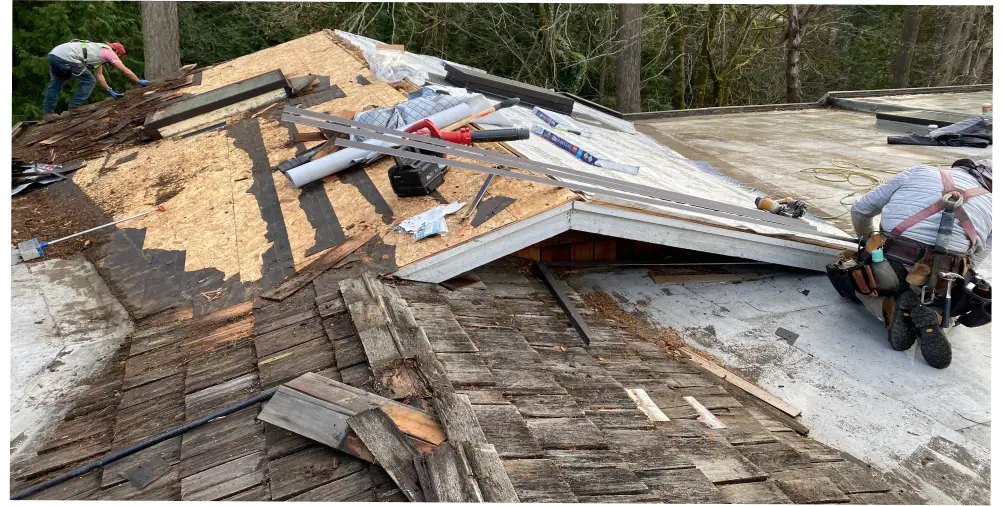Tips for Dealing with Storm Damage
Storms can cause serious damage to homes, including broken windows, missing shingles, and damaged siding. If your home or business has recently suffered roof damage as a result of a storm, it’s important to take the necessary steps to repair the damage as soon as possible. Not only will this help protect your property from further damage, but it can also help prevent injuries and even save lives. Here are some tips on what to do after your roof suffers storm damage.
1. Carefully inspect your property for any signs of damage.
After a severe storm, the first step is to assess the damage. Approximate damage assessments might assist you in communicating your requirements with your insurance coverage or contractor and avoid unanticipated expenditures or discrepancies.
When inspecting your roof for damaged areas, use a pair of binoculars. Calculate the overall square foot area and specific elements of the damage location. If you see any damaged or missing shingles, broken windows, or other signs of damage, take note of it. This will help you create a list of repairs that need to be made.
2. Make short-term countermeasures to minimize property damage.
After you have identified storm damage, it is important to take steps to prevent further damage from occurring. This might include tarping a hole in the roof or boarding up broken windows. These short-term solutions will help minimize property damage until more permanent repairs can be made.
A damaged roof can allow moisture to leak into the inside of your home, causing damage. To avoid further interior harm, keep an item or a bucket beneath leaks and remove any valuables in the area. Serious water damage may necessitate a fast waterproofing technique using a strapped tarping method. Minor repairs, on the other hand, can be achieved with a temporary sealant.
3. Contact your insurance provider.
Examine if the damage is big enough to be covered by homeowner’s insurance, or whether it would be more cost-effective to hire a contractor directly for any required repairs.
If the storm has caused damage that is covered by your insurance policy, then you will need to file a claim. Your insurance company will send an adjuster to inspect the damage and determine how much they are willing to pay for the repairs. Once you have received the insurance payout, you can use it to cover the cost of repairs.
When filing an insurance claim, be sure to take plenty of photos of the damage and keep all receipts for repairs. Once your claim is approved, you can begin the process of storm damage repair. Depending on the extent of the damage, this may involve making repairs yourself or hiring a contractor. Either way, taking care of storm damage as soon as possible is the best way to protect your home from further harm.
Related article: How To Make A Home Insurance Claim For Roof Damage
4. Hire a dependable, trusted roofing contractor to repair the roof.
After a severe storm, it’s important to contact a trusted roofing contractor to repair the roof. Many contractors will try to compete for your business by offering discounts or deals.It’s critical to note that if something appears to be too good to be true, it almost certainly is. The Near Me Roofing in Tacoma is a good place to start your research. Trusted roofing contractors can provide an estimate on repair costs and replace or repair your roof. When talking to a trusted roofing contractor, be sure to ask about their experience, what type of materials they use, and if they offer any warranties. Also, be sure to get everything in writing before work begins. By working with a Near Me Roofing, you can be assured that your roof will be repaired properly and affordably.
Bottomline
Roof damage can be extremely costly and dangerous if not taken care of immediately. If you suspect that your roof has been damaged, it is recommended to call a professional roofing contractor to inspect the damage. They will be able to determine the extent of the damage and whether or not it can be repaired or if a replacement is necessary. If the damage is extensive, they will likely recommend that you replace the roof. However, if the damage is minor, they may be able to repair it. In either case, it is important to have a professional roofing contractor handle the situation in order to ensure that your roof is properly repaired or replaced.







